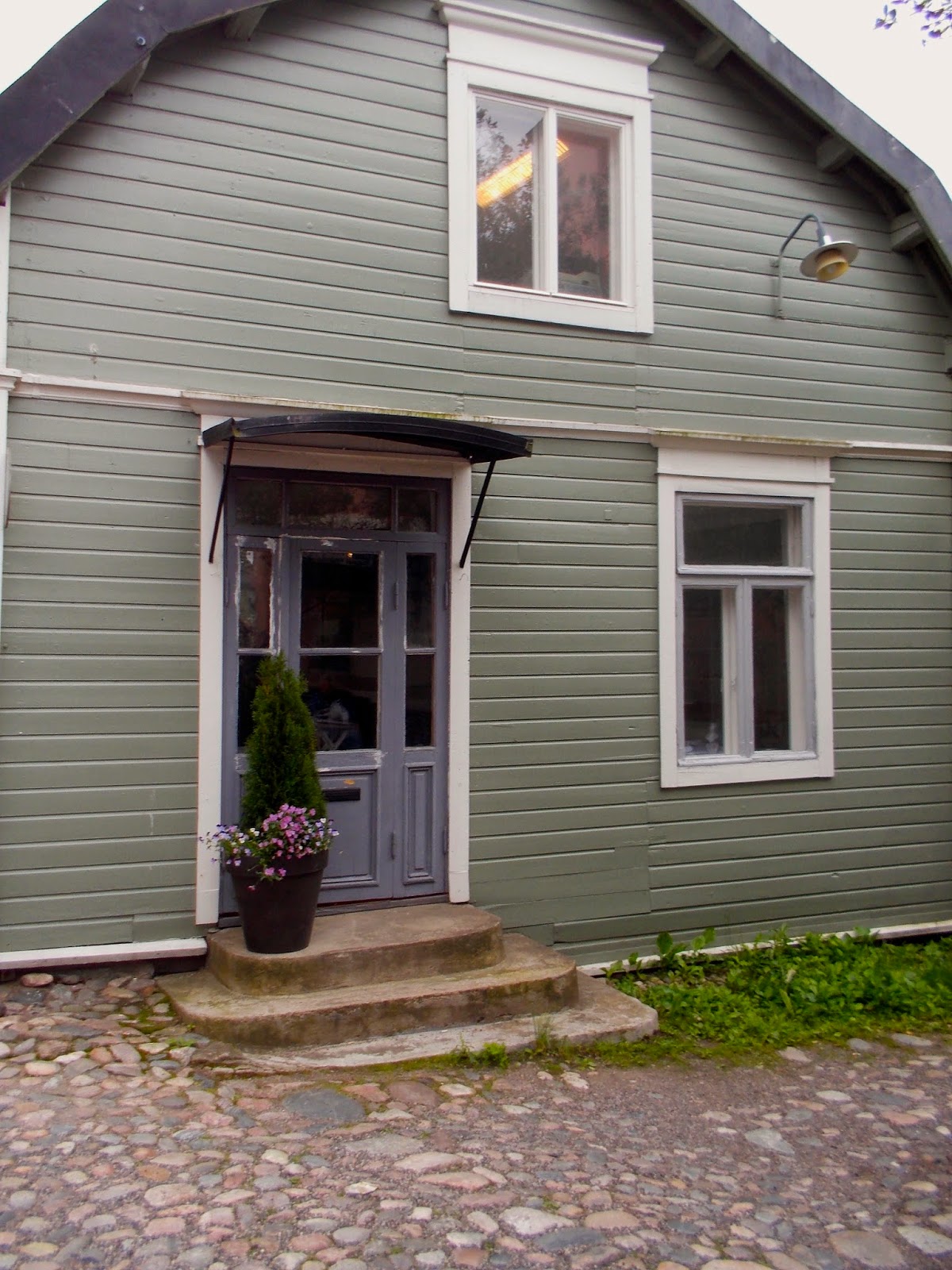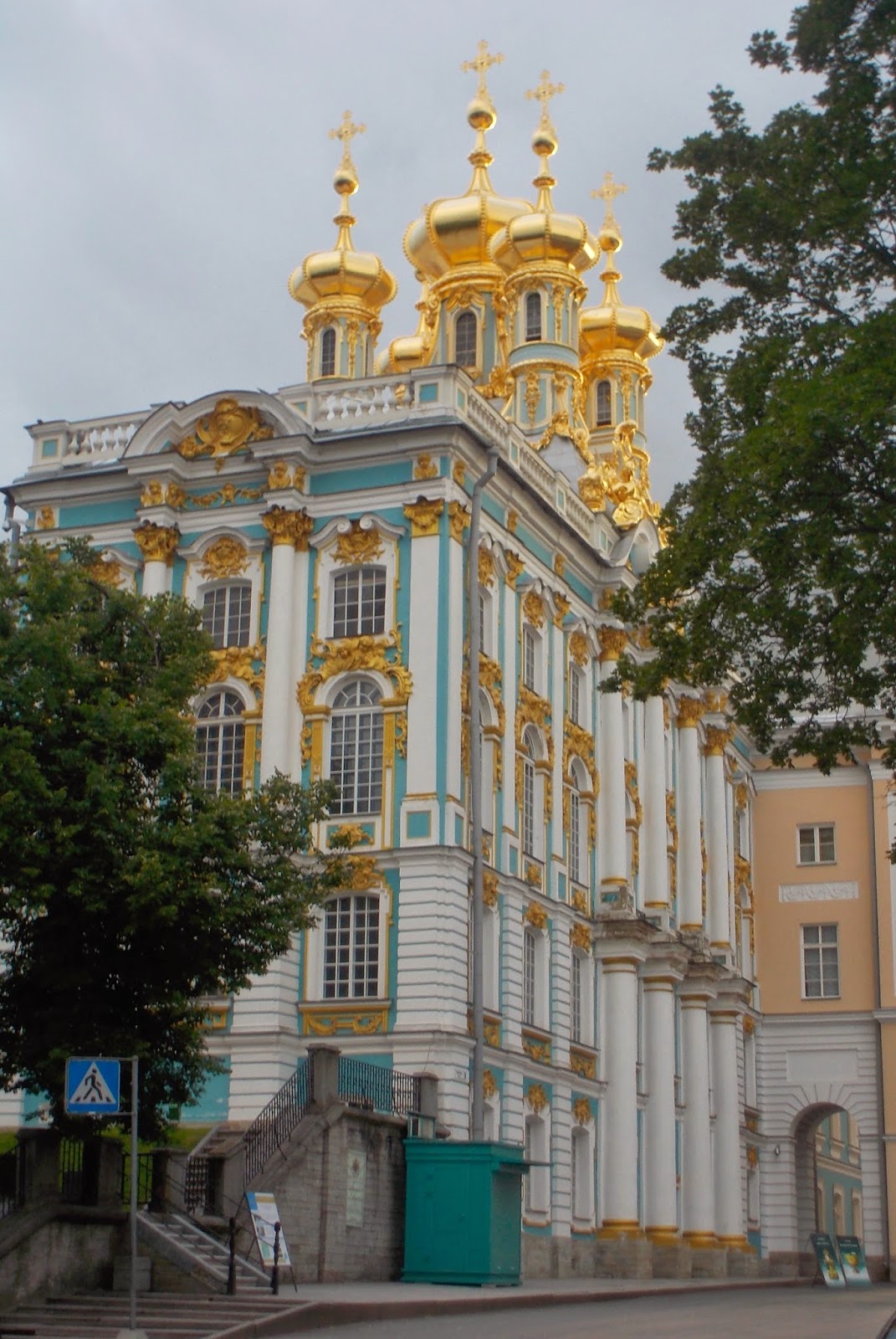On Sunday, June 22, our ship sailed into Helsinki, Finland. It was a cool day and we set off to see Senate Square and the Sibelius Monument. Plenty of tourists were in town with us but that didn’t spoil the beauty of this lovely city or its downtown outdoor market. Our bus parked in an enormous sloped square surrounded by impressive government buildings and a church and we walked from there to the market.
The market was one part local flavor, literally.
The Finns, like the other nations this far north, are justifiably proud of the berries they grow in the sunlight of their long days.
There were also some stalls with the usual tourist fare.
But there were also stands with homemade crafts, including jewelry and some lovely, bright dresses for little girls.
The drive to the Sibelius monument was lovely, though the park and monument themselves were quite crowded. I made a picture anyway.
Then we boarded our bus and headed north of the city, to the preserved medieval town of Porvoo, Finland’s second oldest city. Porvoo was about 50 km northeast of Helsinki, so we got the chance to see more neighborhoods in the city of Helsinki (lovely and so incredibly clean) and also the Finnish countryside.
Porvoo was charming from our first sighting, made as we walked across the bridge that leads to town.
The cobblestoned streets of the town were filled with well-maintained buildings and shops. Our guide explained that the Finns built their homes with wood because of the abundance of forests in Finland. Once again, the homes and shops were painted with the lovely pastel colors I had come to expect in this corner of the world.
We walked about, checked out some shops (the candy store was a favorite) and generally soaked in the atmosphere of charming Porvoo.
Our final stop of the day was back in town to see the Church of the Rock. Outside the church was a lovely neighborhood.
Over and over, I was struck by the fact that the Scandanavian nations seem to have struck a balance between enjoying urban life and also ensuring that there is a civility to their busy cities. The streets and sidewalks are incredibly clean; the buildings are well-maintained. Wherever possible, there has been an effort to landscape and beautify the sidewalks and courtyards. The people are friendly and in the hours I spent in these cities I heard just one honking of a horn. That’s happy!



















































